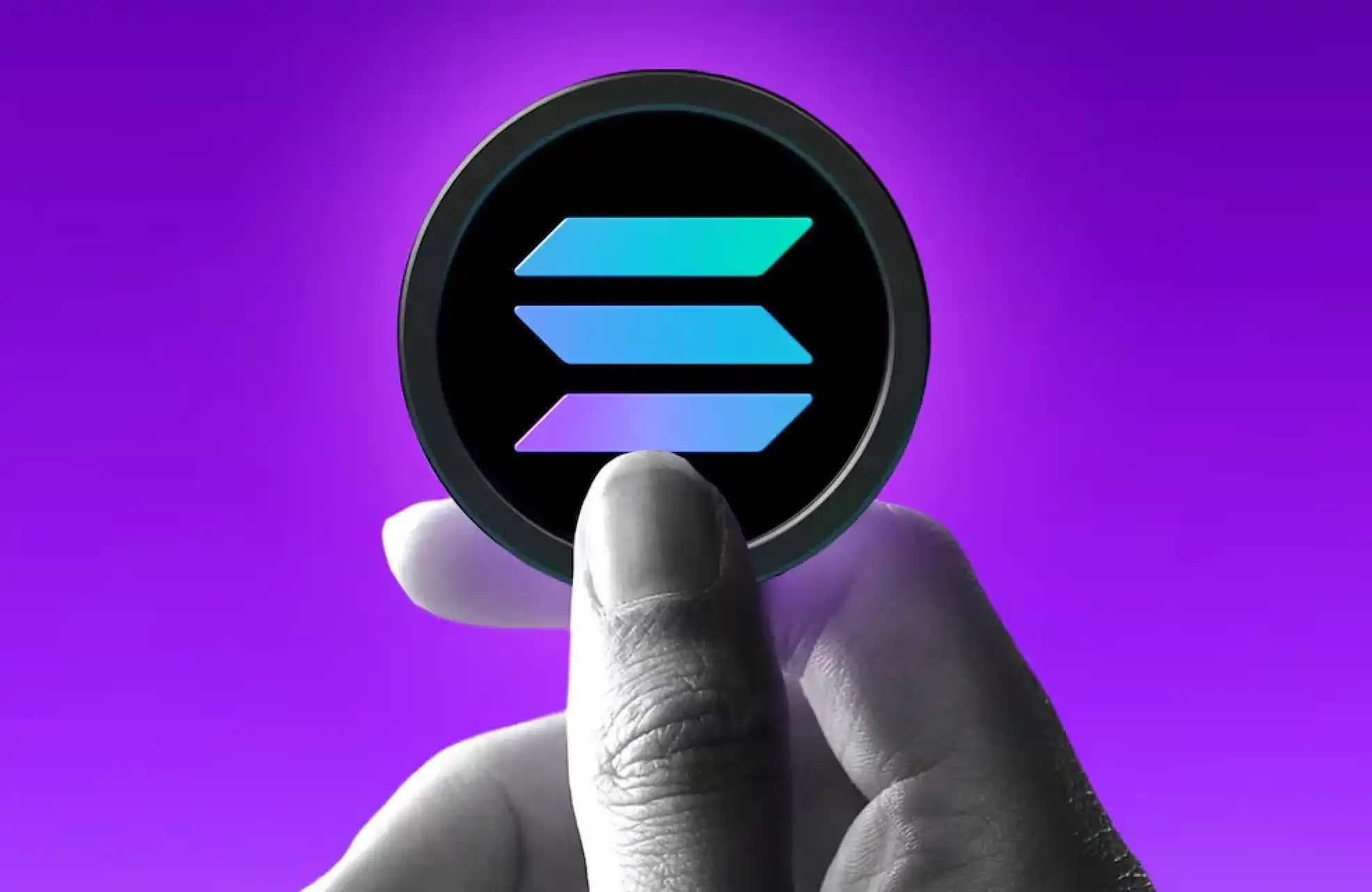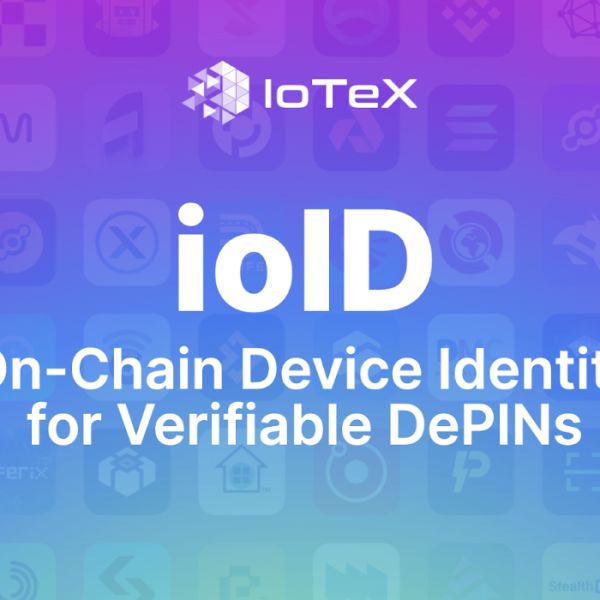Ethereum's 2025 Price Outlook and the Rise of Disruptive Altcoins: A Strategic Investment Dilemma
- Ethereum's 2025 price outlook shows 35.4% growth potential driven by institutional adoption and deflationary mechanisms. - RTX targets cross-border remittances with a 0.1% fee model, projecting 150x returns via real-world utility and deflationary tokenomics. - Investors face a strategic dilemma between Ethereum's stability and RTX's high-risk, high-reward disruption in the evolving crypto landscape.
The cryptocurrency market in 2025 is at a pivotal crossroads, where Ethereum's entrenched position as the leading smart contract platform faces a new wave of disruptive altcoins like RTX . While Ethereum's long-term growth is underpinned by institutional adoption and technological upgrades, projects such as RTX are redefining utility-driven value with real-world applications and explosive return potential. This article dissects the contrasting trajectories of these two asset classes and offers a strategic framework for investors navigating this dynamic landscape.
Ethereum's 2025 Price Outlook: Stability Amid Volatility
Ethereum (ETH) remains the cornerstone of decentralized finance (DeFi) and tokenized real-world assets (RWAs), with its 2025 price projections reflecting a mix of optimism and caution. As of August 2025, ETH trades at $4,417.31, with a bullish sentiment of 76% and a Fear & Greed Index score of 48 (neutral). Analysts project a minimum price of $5,907.41 and a maximum of $7,194.28 by year-end, averaging $6,124.39. These figures suggest a 35.4% potential return for the remainder of 2025, driven by:
- Institutional Staking Yields: Post-upgrades, Ethereum's staking APY ranges between 4.5% and 5.5%, attracting $40 billion in staked ETH.
- Deflationary Dynamics: EIP-1559's burn mechanism has reduced the circulating supply by millions of ETH annually, creating scarcity.
- Regulatory Clarity: The SEC's reclassification of ETH as a utility token in Q2 2025 has spurred ETF inflows, with BlackRock's ETHA and Fidelity's FETH managing $23 billion in assets.
However, Ethereum's growth is not without headwinds. Gas fees remain a barrier for microtransactions, and its dominance in DeFi faces competition from Layer 2 solutions. The 30-day volatility rate of 9.77% underscores the need for caution, particularly as the weekly chart shows bearish signals with the 50-day and 200-day moving averages diverging.
The Emergence of RTX
While Ethereum's narrative is rooted in infrastructure, projects like RTX (Remittix) are capturing the imagination of investors with a disruptive PayFi (Payment + DeFi) model. RTX targets the $19 trillion cross-border remittance market, offering instant, low-cost (0.1% fee) crypto-to-bank transfers across 30+ countries. Its Q3 2025 beta wallet launch, supporting 40+ cryptocurrencies and 30+ fiat currencies, positions it as a bridge between the unbanked and global finance.
RTX's deflationary tokenomics—burning 10% of transaction fees—creates scarcity, contrasting with Ethereum's speculative narrative. The project has attracted Ethereum whale backing and a listing on BitMart. Analysts believe the potential is significant by late 2025, driven by:
- Real-World Utility: RTX's hybrid model integrates blockchain with traditional banking, enabling freelancers, small businesses, and remittance senders to bypass legacy systems.
- Institutional Credibility: CertiK audits and compliance with the GENIUS Act have bolstered trust, while a $250,000 referral program accelerates adoption.
- Scalability: RTX's multi-chain architecture leverages Solana's speed and Ethereum's security, processing 100,000+ transactions per second.
Contrasting Narratives: Ethereum's Infrastructure vs. RTX's Disruption
Ethereum's value lies in its role as the backbone of DeFi and RWAs, with a $569.71 billion market cap and a 38% quarter-over-quarter increase in L2 TVL to $86 billion. Its upcoming upgrades (Amsterdam, Glamsterdam) aim to enhance scalability, but gas fees and competition from Layer 2s remain challenges.
RTX, by contrast, addresses a specific pain point—cross-border payment inefficiencies—with a utility-first approach. Its 0.1% fee model outcompetes SWIFT and Western Union , while its deflationary supply creates intrinsic value. For investors, this represents a high-conviction opportunity: RTX's outlook is seen as potentially outpacing Ethereum's, albeit with higher risk.
Strategic Investment Considerations
- Portfolio Allocation: A balanced approach could allocate some portion to Ethereum for its institutional tailwinds and a smaller portion to high-utility altcoins like RTX.
- Risk Management: Ethereum's volatility (9.77% 30-day rate) and RTX's speculative nature require stop-loss strategies and position sizing.
- Macro Factors: The Fed's dovish pivot and Ethereum ETF inflows favor ETH, while RTX's real-world adoption hinges on regulatory clarity and network growth.
Conclusion: Navigating the 2025 Crypto Landscape
Ethereum's 2025 outlook remains bullish, supported by its role as a foundational blockchain and institutional adoption. However, the rise of disruptive altcoins like RTX highlights the importance of diversification. While Ethereum offers stability and long-term growth, projects like RTX present asymmetric returns for those willing to embrace risk. As the crypto market evolves, investors must balance these narratives to capitalize on both infrastructure and innovation.
For those seeking to hedge against Ethereum's volatility while pursuing high-conviction opportunities, RTX's PayFi model represents a compelling case study in real-world utility and explosive growth potential. The key lies in aligning investment strategies with both macroeconomic trends and project fundamentals, ensuring a resilient portfolio in an ever-shifting landscape.
Disclaimer: The content of this article solely reflects the author's opinion and does not represent the platform in any capacity. This article is not intended to serve as a reference for making investment decisions.
You may also like
The latest SOL proposal aims to reduce the inflation rate, but what are the opponents thinking?
The Solana community has proposed SIMD-0411, which would increase the inflation deceleration rate from 15% to 30%. It is expected to reduce SOL issuance by 22.3 million over the next six years and accelerate the reduction of the inflation rate to 1.5% before 2029.

IoTeX launches the world's first on-chain identity solution ioID designed specifically for smart devices
ioID is revolutionizing identity management for smart devices, allowing DePIN to authenticate devices, protect data, and unlock next-generation application scenarios within a user-owned ecosystem compatible with any blockchain.

Mars Morning News | Last week, global listed companies made a net purchase of $13.4 million in BTC, while Strategy did not buy any Bitcoin last week
Expectations for a Federal Reserve interest rate cut in December have risen, with Bitcoin briefly surpassing $89,000 and the Nasdaq surging 2.69%. There are internal disagreements within the Fed regarding rate cuts, causing a strong reaction in the cryptocurrency market. Summary generated by Mars AI. This summary is generated by the Mars AI model and its accuracy and completeness are still being iteratively updated.

The covert battle in the crypto industry escalates: 40% of job seekers are North Korean agents?
North Korean agents have infiltrated 15%-20% of crypto companies, and 30%-40% of job applications in the crypto industry may come from North Korean operatives. They act as proxies through remote work, using malware and social engineering to steal funds and manipulate infrastructure. North Korean hackers have stolen over $3 billion in cryptocurrency to fund nuclear weapons programs. Summary generated by Mars AI. This summary is generated by the Mars AI model, and its accuracy and completeness are still being iteratively improved.
